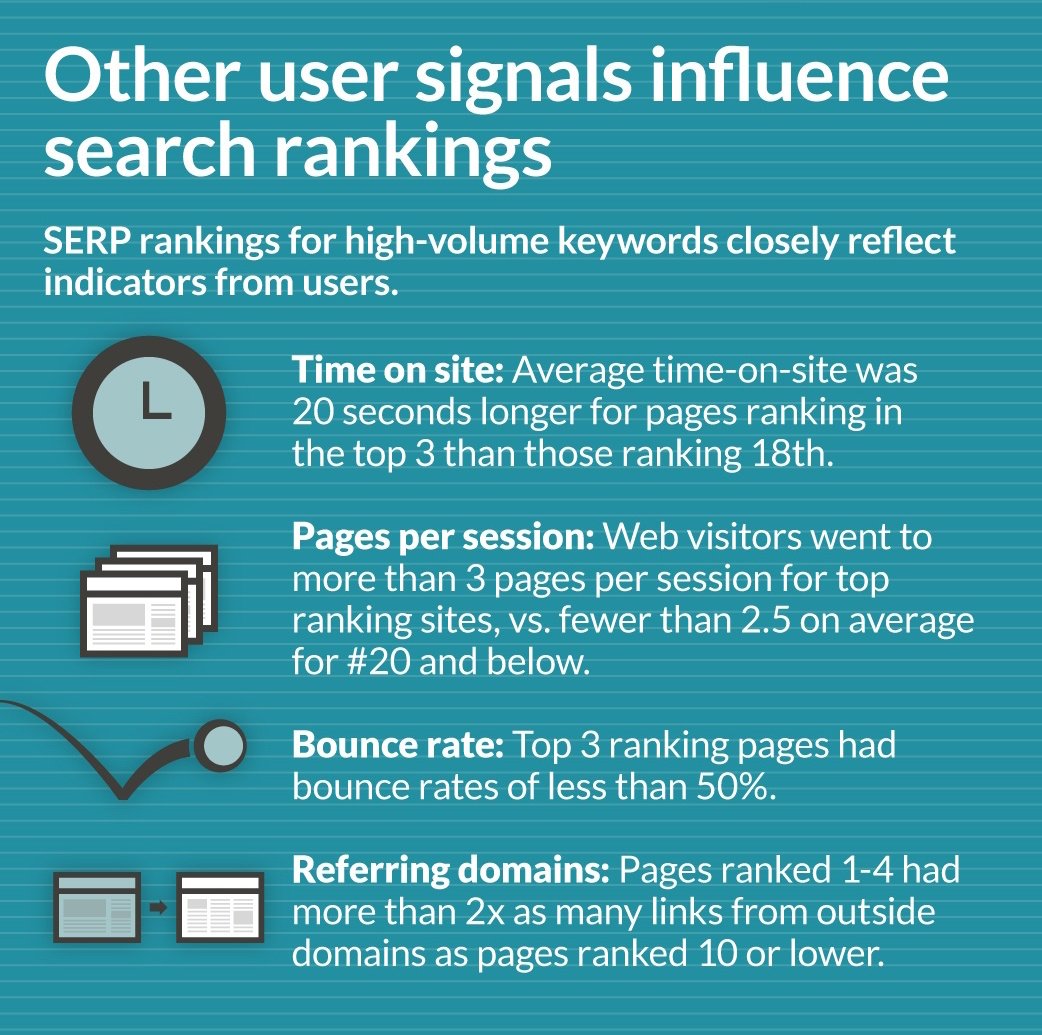Rethinking Search Optimization: Content That Goes Beyond Keywords

There was a time when every conversation around search engine optimization focused on one specific topic: keywords. How to choose keywords (such as selecting keywords that have a high search rating, but are ones that allow you to be competitive). Where to place keywords in the structure of your website (also called on-page SEO). How to work keywords into your content.
Keywords do still matter. But increasingly sophisticated search engines now penalize so-called keyword stuffing, and instead rely on other data to winnow out the best of the content on the web and give searchers what they are really looking for. That additional data is in the form of reader behavior — how visitors react to your content — which speaks to more than whether all the right keywords are in the right places. Reader behavior tells search engines whether your content is useful and will be useful for others.
(Don’t overlook on-page SEO, however. Use our On-Page SEO Template to plan and track your optimization efforts as you create or improve your web content.)
When SEO consulting company SEMrush broke down non-keyword factors to look at what made the difference between pages that landed in the top three positions in SERP rankings and those farther down the list, they found that high search placement corresponded more closely with top results in a number of metrics that indicate reader behavior than with traditional on-page SEO.
In other words, how readers interact with your web page content — including your business blog — appears to have a major impact on how search engines rank it. So as you write your business blog, don’t focus solely on using keywords and longtail phrases in all the right places. To boost blog SEO, focus more on writing content that will inspire your readers to:
-
Share content — especially as backlinks from their own webpages, and
-
Explore additional pages on your website.
Encourage readers to share your content
Backlinks appear to play an important role in SERP rankings, especially for high-volume search terms, SEMrush says in two reports (find them here and here).
There was an average difference of 10,000 referring domains between the 2nd and 10th positions for high-volume search terms.
So how can you position your business blog for stronger SEO based on backlinks and referring domains? Create content that readers, industry influencers, or the media will want to share or link to from their own blogs and online articles.
This could include sharing original research that others in your industry will cite in their own content or providing unique perspectives on industry news. JONES client Intrado (formerly West) has built a decade of successful integrated marketing and PR campaigns around using surveys and original research, earning media placement and backlinks from respected industry publications due to the useful nature of the findings for the healthcare professionals they serve. (Learn more about the surveys, campaigns and content JONES has developed over the years for Intrado in these posts: Q&A: How JONES & West Use Contributed Articles In Marketing Campaigns; Secrets For Video Marketing Success: What West & JONES Did Right; and Client Success: West Turns Original Research Into Lead Generation, Media Coverage.)
Need more inspiration for content that gets shared?

Give readers reasons to explore elsewhere on your site
According to SEMrush, visitors typically viewed 3 to 3.5 pages per session on top-ranking domains when they the landed on the website from search. This kind of user behavior signal is another factor search engines seem to use when determining the authority and legitimacy of a site, leading to higher SERP rankings.
One of the key ways you can encourage this behavior to boost your business blog’s SEO is by incorporating links and CTAs within each blog post to additional relevant material.
This includes utilizing in-text hyperlinks to related blog posts, lists of additional suggested pages for more information, CTAs and direct links to landing pages, and easy-to-use site navigation that makes it simple for visitors to find precisely the information they are looking for.
Along with encouraging more pages per visit, these kinds of internal links have the potential to increase time on site, another factor that seems to have an influence on SERP rankings.

Essentially, the days of focusing strictly on keywords are over. It is time to focus on content that engages readers, gives them reasons to share your content, and encourages them to keep reading and exploring your website for more.
You do that by focusing on basics: Hire and enable great writers. Create quality content. Are you getting the content you need from your current content creation team? If not, it may be time for an overhaul of your approach to integrated marketing and public relations, with a focus on quality content that drives website traffic and lead generation.
It could start with your business blog—download your free Business Blogging Toolkit to get started with a calendar template for planning out useful posts that solve problems for your readers, templates you can provide to beginning writers to provide a structure to start from, and a checklist for optimizing posts for readability and SEO.
-1.png?width=1652&height=294&name=Jones(RGB)-1.png)








.png?width=352&name=jones_headerblogimage_feb.29.2020(2).png)
.png?width=352&name=How%20Marketers%20Use%20Original%20Research%20To%20Fuel%20Content%20(infographic).png)


